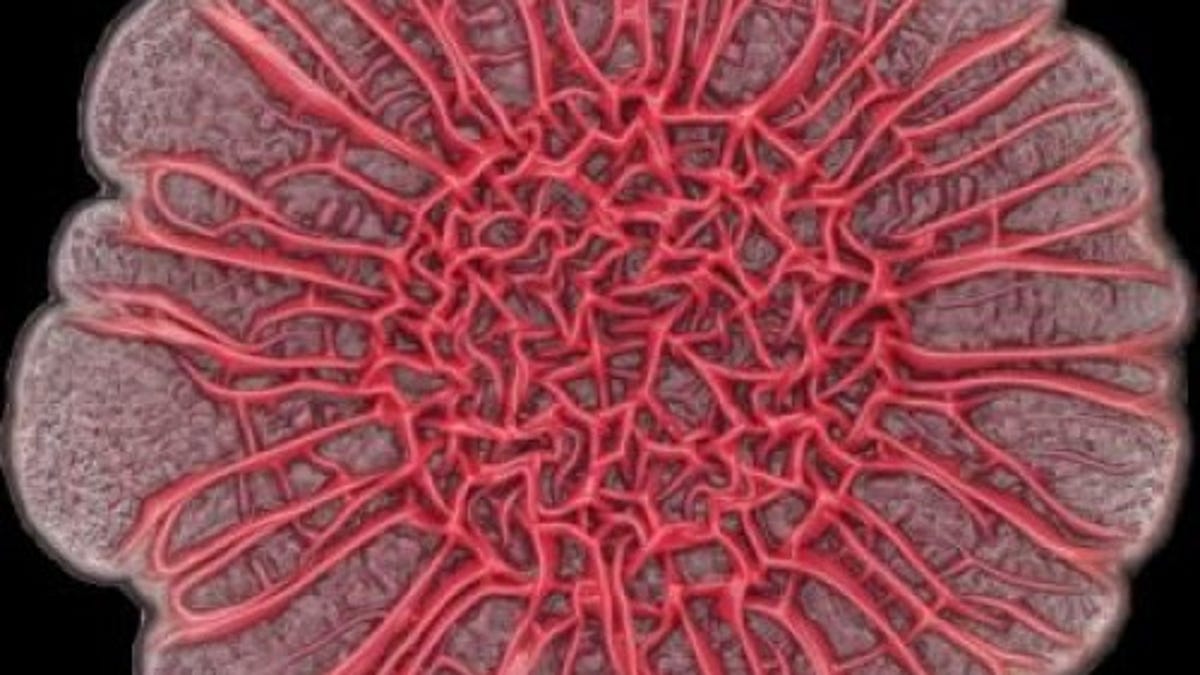New chip lets scientists listen in on bacteria
Researchers at Columbia University say their chip lets them electrochemically image biofilms to "listen to the bacteria as they talk to each other."

Ah, bacteria. Most of us probably prefer not to think about its omnipresence if we don't have to, and to limit our visions of it to the stale microscopic ones we captured in chemistry class.
Now, scientists are turning that optics-based imaging approach on its head, instead developing a chip based on integrated circuit technology that lets them not only electrochemically image bacteria, but listen in on them as well.
The chip "is an 'active' glass slide, a slide that not only forms a solid-support for the bacterial colony but also 'listens' to the bacteria as they talk to each other," Columbia University engineering professor and research head Ken Shepard said in a school news release.
And the engineers report in the journal Nature Communications that beyond listening, they also hope to disrupt biofilm formation by interrupting these conversations. So theoretically, medical devices such as catheters could someday come equipped with the tech that not only detects, but also limits, bacterial colonization.
The team out of Columbia says its chip uses the complementary metal-oxide-semiconductor (CMOS) technology behind many digital and analog circuits, and that this marks the first time that integrated circuits have been used to capture an electrochemical image of small molecules in a multicellular structure. (The reason they chose to do this is because traditional optical microscopy, which uses photons to study biological systems, can't detect aspects of physiology such as signaling factors and metabolism.)
Now that they've managed to observe these mechanisms at play with their chip, the researchers say they want to develop a larger chip to watch even larger bacterial colonies at higher resolutions.

